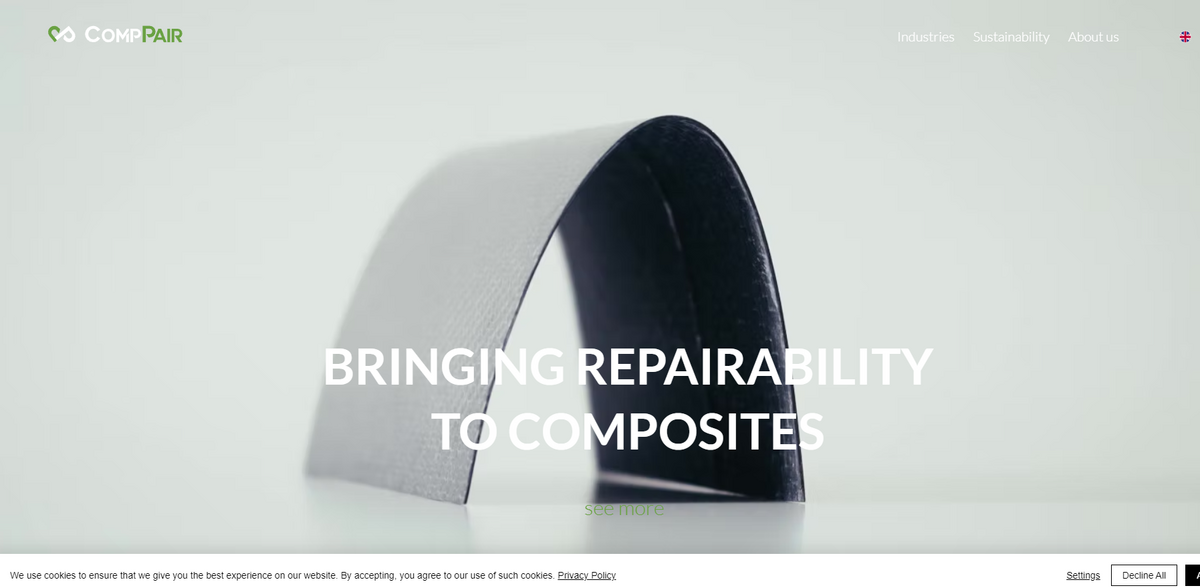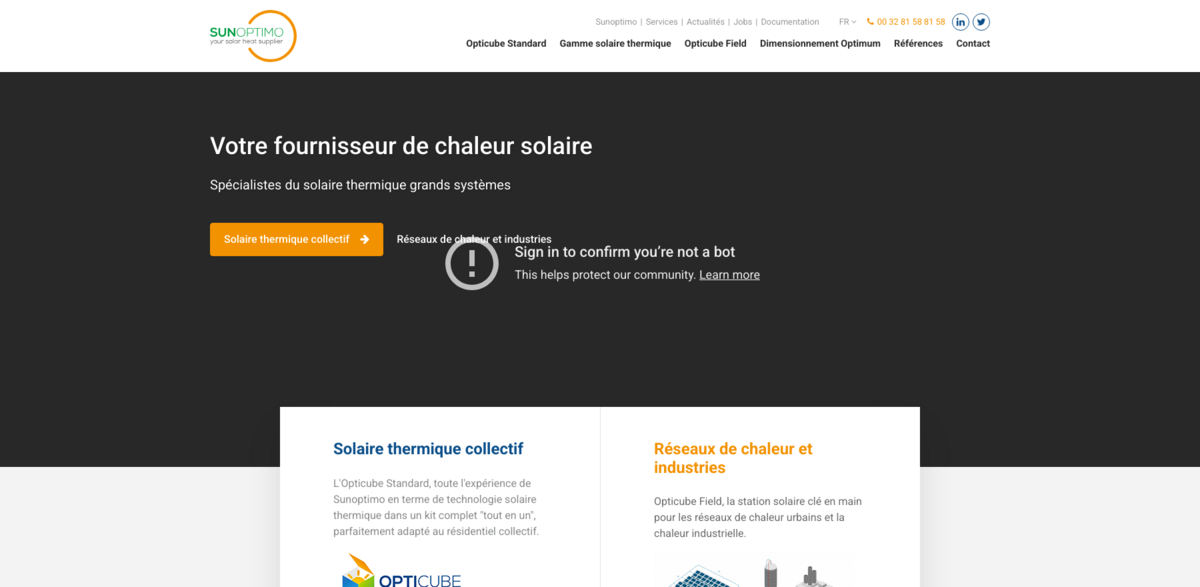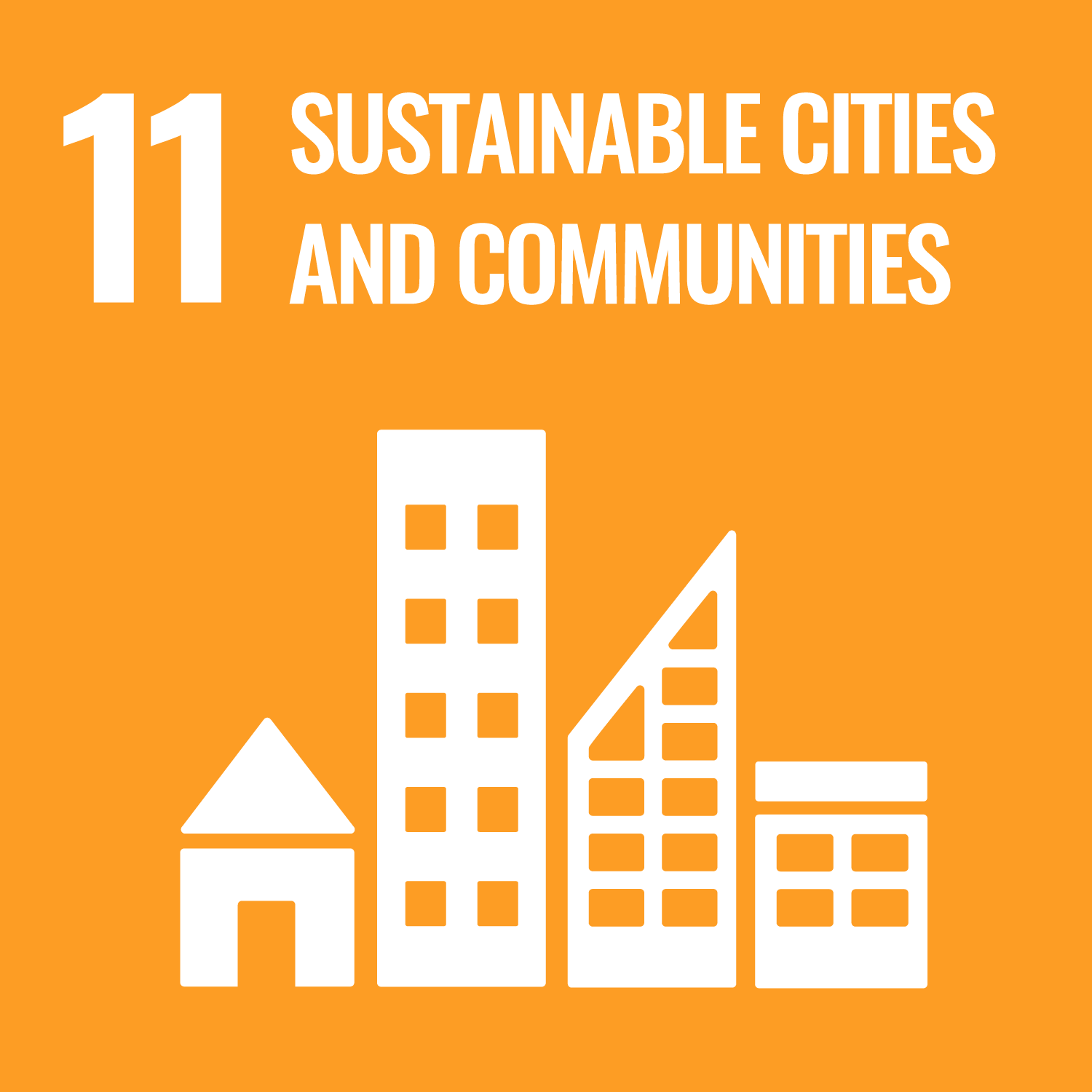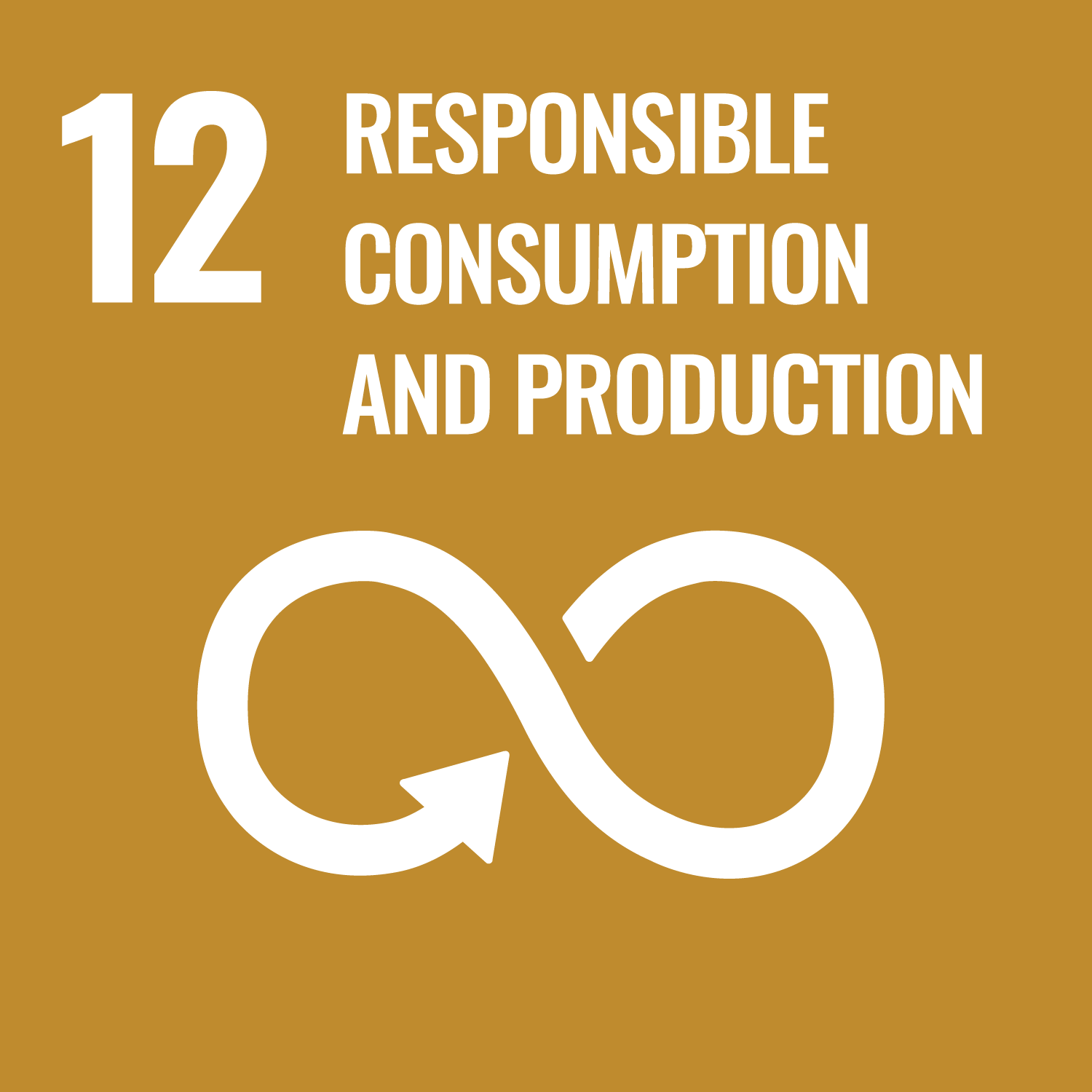What the Project Is
BRINGING REPAIRABILITY TO COMPOSITES – a commitment to extending the lifetime of composites while preventing waste and unlocking new economic benefits. CompPair serves as a complete 360° solution provider, offering a range of composite products built with HealTech™ technology, alongside services such as eco-design. The goal is not only to produce composite parts that are self-healing but also to build a foundation for the next generation of composite material innovation. This project, rooted in a passion for biomimicry and bio-inspiration, draws on nature’s own repair strategies to create composites that absorb minor and major damages, offering an ultra-fast repair process that preserves economic value… all while maintaining a strong circularity agenda.
Main Benefit of the Project
The benefits of these innovative composites extend across multiple industries and applications. Key figures and facts that underline its impact include:
- BCorp Score of 91, affirming a high level of social and environmental performance.
- 360° composite solution embracing eco-design and sustainability from start to finish.
- Unique HealTech™ self-healing technology embedded in composites for rapid repairs.
- Enhanced durability which leads to improved circularity and material reuse.
- Active participation in a €2.8 million Eurostar initiative uniting experts from Spain, Italy, and Switzerland.
- Application of recycled carbon fibres in the innovative Circular C watch by ID Genève.
- Extensive use across industries including sports, mobility, lightweight automobile components, and aerospace.
Innovative Healing Technology
At its core, the project offers a breakthrough in damage recovery. The integration of embedded healing functionality means that scratches, especially those affecting aesthetic parts in lifestyle, mobility, and sporting equipment, can be efficiently recovered. Beyond mere cosmetics, the repair process extends to sandwich structures used in sporting goods, nautical equipment, and mobility solutions. When it comes to impacts on components in sectors like aerospace, the technology allows for prompt and efficient repairs that maintain the material integrity and prolong the lifespan of the composite structure. It’s innovation meeting practical need – a repair process that adapts to different damage types and application settings.
Applications Across Industries
The versatility of these healable composites is reflected in their broad range of applications. In sports and mobility sectors, the technology has found a home where recovery of small scratches is a matter of aesthetics and performance. For example, damage recovery in sandwich structures, which are common in stress-bearing components within automotive and aeronautical sectors, underscores the composites’ resilience under varied conditions. In aeronautics and nautical applications, the ability to repair damage caused by impacts means that lightweight composites not only improve safety but also enhance the overall sustainability and efficiency of the structures involved. This multi-industry relevance makes the technology a game changer in material repair and reuse.
Nature as an Inspiration
Drawing inspiration from nature, the approach is as organic as it is technological. The idea of self-healing is deeply embedded within the process, mirroring natural repair mechanisms. Think of it as a regenerative process observed in living organisms, now translated into composite material technology. The design doesn’t just consider immediate repairs; it paves the way for long-term maintenance and reuse, effectively addressing material degradation while adding economic value. It’s a creative fusion of high-tech composite engineering with principles borrowed from the natural world – simple yet effective.
Project Impact on Sustainable Development Goals (SDGs)
- SDG 9: Industry, Innovation, and Infrastructure – through innovative composite design and engineering.
- SDG 12: Responsible Consumption and Production – by extending material life and encouraging reuse.
- SDG 13: Climate Action – thanks to sustainable practices that lower waste and promote eco-design.
- SDG 11: Sustainable Cities and Communities – via applications in mobility and urban infrastructure.
- SDG 17: Partnerships for the Goals – exemplified by the collaborative Eurostar initiative among leading companies from Spain, Italy, and Switzerland.
Future Outlook & Continued Innovation
Looking into the future, the integration of repairability and sustainability in composite materials presents significant potential for further innovation. With a dynamic blend of self-healing technology and a commitment to circularity, the approach sets a new standard for material resilience in manufacturing. The synergy among different sectors – sports, mobility, aerospace, and beyond – highlights the evolving opportunities in eco-designed composite applications. The future hints at even broader adoption, where maintaining material integrity and promoting reuse become core aspects of product life cycles. This ongoing journey is not just about repairing defects; it’s a continuous endeavor to improve economic and environmental outcomes while staying responsive to modern challenges in innovation and sustainability.





















